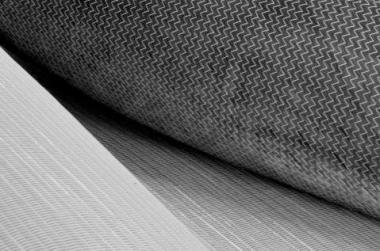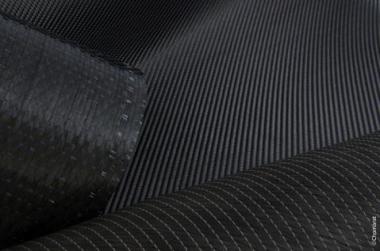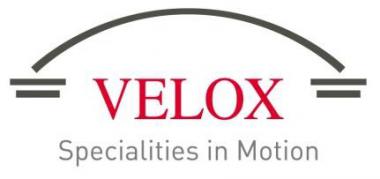Langlebige Lamellen für Verstärkung von Bauwerken
Carbonfaserverstärkte Kunststofflamellen stellen eine innovative Methode zur Verstärkung von Bauwerken dar. Bei ihrer Wiederverwertung gibt es aber noch viele offene Fragen. Ein Forschungsprojekt der Empa-Abteilung «Mechanical Systems Engineering» soll nun Antworten liefern. Dank Unterstützung einer Stiftung konnte das Projekt nun starten.
Der Baubereich ist für rund 60 Prozent des jährlichen Abfallaufkommens in der Schweiz verantwortlich. Die Bemühungen der Bauindustrie, die Abbruchmaterialien im Kreislauf zu führen, nehmen zwar stetig zu. Dennoch gibt es nach wie vor ausgedientes Material, das nicht weiterverwendet werden kann, da ein Recycling zu aufwändig und teuer wäre. Eines davon: carbonfaserverstärkte Kunststofflamellen, sogenannte CFK-Lamellen.
Damit Gebäude länger leben
Die vom ehemaligen Dübendorfer Empa-Direktor Urs Meier entwickelte Methode wird bereits seit 30 Jahren im Infrastrukturbau eingesetzt. Die CFK-Lamellen werden mittels Epoxy-Klebstoff an Brücken, Parkgaragen, Gebäudewänden und Decken aus Beton oder Mauerwerk angebracht. Dadurch können die Bauten 20 bis 30 Jahre länger genutzt werden. Die Methode wird weltweit immer häufiger eingesetzt, vor allem auch, weil damit die Erdbebensicherheit von Mauerwerksbauten massiv erhöht werden kann.
«Indem sie die Lebensdauer von Gebäuden und Infrastrukturbauten erheblich verlängern, leisten CFK-Lamellen einen wichtigen Beitrag zur Erhöhung der Nachhaltigkeit im Bausektor. Es gilt nun allerdings auch, einen Weg zu finden, wie wir die CFK-Lamellen über die Lebensdauer dieser Bauten hinaus weiterverwenden können», erklärt Giovanni Terrasi, Leiter der Forschungsabteilung «Mechanical Systems Engineering» an der Empa. Aus diesem Grund möchte er eine Methode zur Wiederverwertung der CFK-Lamellen entwickeln. Eine Stiftung fand dieses Vorhaben überzeugend und hat deshalb einen grosszügigen Betrag für das Projekt gesprochen, das damit im Oktober starten konnte.
Sanfte Trennung
Der erste Schritt wird sein, ein mechanisches Verfahren zu entwickeln, mit dem die aufgeklebten CFK-Bänder vom Beton gelöst werden können – und zwar so, dass sie nicht beschädigt werden. Erste Versuche an der Empa stimmen zuversichtlich: Nach der Trennung der Lamellen vom Beton hatten diese immer noch eine Festigkeit von 95 Prozent – selbst wenn diese bereits an die 30 Jahre im Einsatz waren.
Danach soll aus dem Abbruch-CFK eine Armierung für vorgefertigte Bauteile hergestellt werden. Giovanni Terrasis Ziel: Tausende von Tonnen CFK, die in den nächsten zehn Jahren nach dem Abbruch alter Betonstrukturen auf dem Sondermüll landen würden, in CO2-armen Betonelementen wiederverwenden. Als erstes Demonstrationsobjekt wollen die Forscher um Giovanni Terrasi – Zafeirios Triantafyllidis, Valentin Ott, Mateusz Wyrzykowski und Daniel Völki – am Ende des Projekts Bahnschwellen aus Recyclingbeton herstellen und mit Abbruch-CFK armieren und vorspannen; so würde das vermeintlichen Abfallmaterial eine neue Rolle in der Schweizer Infrastruktur spielen können
Empa










